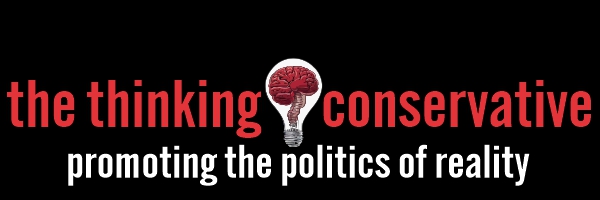Vice President Kamala Harris and Republican presidential nominee and former President Donald Trump have less than a month to find out who becomes America’s 47th president and the race is tight.
Trump has opened up a significant lead in Florida and Texas one month out from Election Day, a New York Times poll published Tuesday showed.
The same poll showed Harris with a 3-percentage point lead, 49 percent to 46 percent, over Trump nationally.
The survey, conducted by the Times and Siena College, found Trump leading in his home state of Florida by 13 percentage points over Harris. The former president is also ahead of Harris by 6 percentage points in Texas.
While these are good signs for the Trump campaign it is not enough to win.
The battleground states are extremely competitive, with Harris and Trump neck-and-neck in key regions that could swing the election either way.
About 240 million people are eligible to vote in the election, but only a relatively small number of them are likely to decide who becomes the next president.
It is the voters in the so-called “swing” states that could plausibly choose either Harris or Trump.
Seven of these states – Arizona, Georgia, Michigan, Nevada, North Carolina, Pennsylvania and Wisconsin – hold the keys to the White House.
Polling data shows Harris slightly ahead in states like Michigan, Wisconsin, Arizona, Pennsylvania, and Nevada, but these leads are within the margin of error, typically by 1-3 points.
This indicates a statistical tie in practical terms.
Trump holds a slight advantage in Georgia, leading by 2 points, while North Carolina is completely tied at 49% for both candidates.
The results highlight that neither candidate has a commanding lead in any battleground state, reinforcing the significance of voter turnout and last-minute campaigning efforts. These states remain pivotal, as the overall election outcome will likely hinge on small shifts in voter preferences across these regions.
This has been a whirlwind week.
Georgia’s Supreme Court on Monday reinstated the state’s ban on abortions after about six weeks of pregnancy.
The ruling, which goes into effect Monday, comes one week after a lower court struck down the ban and allowed abortions to legally take place until about 22 weeks of pregnancy.
Abortion access is a key issue in the election, and Harris has made reproductive rights central to her campaign.
While this issue has made her popular among young women, Harris is losing support elsewhere.
Now it’s being reported that Harris is losing support among young Latino men, even as she continues to hold a lead over Trump among Latino voters in Arizona and Nevada – two key states that will help determine the election, according to two exclusive new USA TODAY/Suffolk University polls.
Harris didn’t do well when her teleprompter malfunctioned during her speech in Flint, Michigan, and she couldn’t answer questions in her sit-down interview with “Call Her Daddy” podcaster Alex Cooper, as well as her interview on “60 Minutes” with correspondent Bill Whitaker.
Trump needs to highlight Harris’s failures and maintain the loyalty of his core supporters, which includes rural voters, conservatives, and working-class Americans, particularly in key battleground states.
His messaging around the economy, national security, immigration, and being an outsider to the political establishment resonates strongly with voters.
A focus on energizing voter turnout, especially in areas that felt left behind by the current administration, along with reinforcing his law-and-order stance, could boost his chances.
Keeping independents on board, especially those skeptical of the current political environment, is another significant factor.
Trump’s campaign can use strong messaging on issues like border security, law enforcement, tax cuts, and deregulation, all while casting Harris and her administration as out of touch with everyday Americans.
Additionally, Trump needs to continue to fight establishment “swamp” politics and criticize Washington’s so-called “elites” for dismantling his policies set in place during his administration.
Getting out the vote is extremely important, and the Trump team should focus on this as well.
By hosting rallies in key battleground states, engaging with local media, and leveraging his significant social media presence, Trump can hopefully reach those less enthusiastic about voting.
As election day looms, Americans – and people around the world – wait with heightened anticipation to see which candidate will win this contentious election.
Let’s hope it’s Trump.







